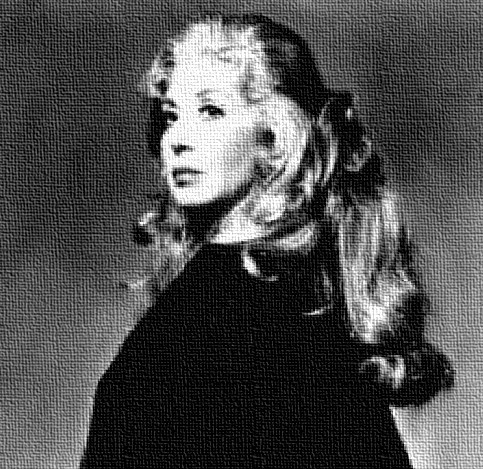
Divas and Scholars: Performing Italian Opera
by Philip Gossett
This title of this book tells the reader exactly what to expect. It is part musicological discussion—opera research, scholarship, and performing editions—and part current backstage…well, I won’t say gossip, but…backstage insider information.
One thing I take away from this book is a better understanding of why it’s so difficult to establish definitive, “authentic” versions of 19th century Italian opera (and others). Rossini, Bellini, Donizetti, and Verdi revised their operas pretty much every time they were associated with a performance. Music was adapted to the language and tastes of the audience (all of them did French and Italian operas), including the types of spectacle the audience expected (ballet in France) and the current trend in vocal ornamentation. Sometimes music was rewritten to accommodate a diva or divo. Sometimes, especially in Rossini, entire arias, choruses, or duets were given a new text, and subsequently, new orchestrations to reflect that text. All of these variants render the expression, “what the composer intended” moot at best. At the very least, the lesson learned here is that a lot more qualification may be needed before the “composers intent” can be stated with authority (if at all).
 I was fascinated by Mr. Gossett's discussion of period versus modern instruments. When I think of period instruments, I think 18th century and earlier. But developments and advances in instrument building have always been going on, and the tone and capabilities, particularly of brass and winds, have changed considerably since the 19th century.
I was fascinated by Mr. Gossett's discussion of period versus modern instruments. When I think of period instruments, I think 18th century and earlier. But developments and advances in instrument building have always been going on, and the tone and capabilities, particularly of brass and winds, have changed considerably since the 19th century. Mr. Gossett also addresses the issues of transposition, and how transposing one aria up or down to meet the needs/limitations of a particular singer can affect the surrounding music. In order to illustrate varieties in ornamentation, changes music to accommodate new text, or changes in instrumentation, Mr. Gossett includes many musical examples, which I found a little difficult, reading on an older Kindle. An analog book might be the better way to go here, unless you have a Kindle Fire, or are reading on a PC.
If your interests lean more towards the how than the why, Mr. Gossett shares a lot of backstage tidbits, too. He has worked closely with the great, and not so great, musicians of the 20th and 21st century to create and recreate opera performances that are as close to authentic as we can get. He names names—the good, the bad, and the unlistenable—but he never really comes across as bitchy or unkind.
 Mr. Gossett writes about working with other scholars, conductors, singers and directors. All of his backstage stories are in the context of creating the best performance possible. In the final chapters, he relates the productions of Verdi's Gustavo III, a "hypothetical reconstruction" of the original original version of Un ballo in maschera, and Rossini's Il viaggio a Reims, both in Scandinavia.
Mr. Gossett writes about working with other scholars, conductors, singers and directors. All of his backstage stories are in the context of creating the best performance possible. In the final chapters, he relates the productions of Verdi's Gustavo III, a "hypothetical reconstruction" of the original original version of Un ballo in maschera, and Rossini's Il viaggio a Reims, both in Scandinavia.
 Mr. Gossett writes about working with other scholars, conductors, singers and directors. All of his backstage stories are in the context of creating the best performance possible. In the final chapters, he relates the productions of Verdi's Gustavo III, a "hypothetical reconstruction" of the original original version of Un ballo in maschera, and Rossini's Il viaggio a Reims, both in Scandinavia.
Mr. Gossett writes about working with other scholars, conductors, singers and directors. All of his backstage stories are in the context of creating the best performance possible. In the final chapters, he relates the productions of Verdi's Gustavo III, a "hypothetical reconstruction" of the original original version of Un ballo in maschera, and Rossini's Il viaggio a Reims, both in Scandinavia.
Philip Gossett is an opera fan, a musician, a scholar, and the world's leading authority on the performance of Italian opera. The only downside to this volume is the scholarly part may not be of great interest to the diva-followers, while the diva section may seem tedious to the scholarshippers. There may be a few sections you feel the need to skim through (some analysis gets pretty technical), but overall it’s a fascinating read, and it rewards re-reading, too.
No comments:
Post a Comment
Comments are very welcome! They won't be moderated; but rude, abusive, and/or radically off-topic posts will be removed.